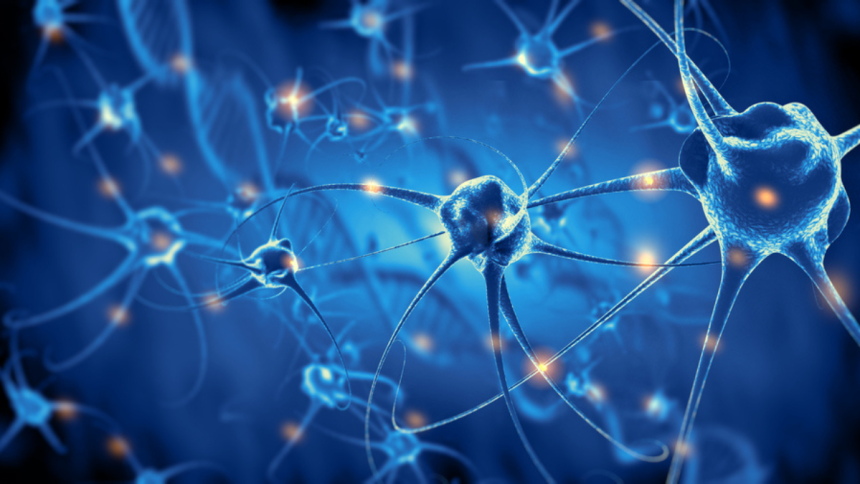Peripheral neuropathy can be a debilitating condition marked by pain, numbness, tingling, and muscle weakness which is often caused by nerve damage from diabetes, injury, infection, or autoimmune disease. While conventional treatments typically manage symptoms, regenerative medicine is unlocking new pathways to actual nerve healing. These breakthrough techniques aim to repair, restore, and even regenerate damaged nerve tissue, offering hope for long-term recovery.
Understanding the Regenerative Medicine Approach
Regenerative medicine focuses on restoring function at the cellular level. Instead of merely alleviating symptoms, it promotes healing by enhancing the body’s natural ability to regenerate nerve cells and rebuild damaged tissue. This approach is especially promising for neuropathic patients who have found little relief through traditional therapies like pain medication, physical therapy, or surgery.
Stem Cell Therapy: Rebuilding from the Ground Up
One of the most revolutionary advances in regenerative medicine is stem cell therapy. Stem cells have the unique ability to develop into various specialized cell types, including nerve cells. When injected into affected areas, they release bioactive compounds that reduce inflammation, stimulate nerve growth, and support the repair of myelin, the protective sheath around nerves. This therapy has shown great promise in clinical trials for conditions like diabetic neuropathy and traumatic nerve injury.
Platelet-Rich Plasma (PRP): Harnessing Healing from Within
Another cutting-edge technique is platelet-rich plasma (PRP) therapy, which uses the patient’s own blood to accelerate healing. PRP is derived by concentrating platelets, cells rich in growth factors that aid in tissue repair. When injected into areas of nerve damage, PRP can stimulate regeneration, reduce inflammation, and promote circulation, all of which are essential for nerve recovery.
Nerve Growth Factors and Biologic Scaffolding
Biotech innovations are making it possible to deliver nerve growth factors and biologic scaffolding directly to damaged tissues. These materials support axonal growth (the long fibers of nerve cells), guide nerve regeneration, and provide a structure for cells to grow in the right direction. This “biologic roadmap” is particularly useful in cases where nerves have been severely damaged or severed.
Combining Therapies for Maximum Impact
Many regenerative medicine protocols combine multiple techniques to improve results. For instance, stem cell therapy paired with PRP can enhance healing by offering both cellular and biochemical support. Some clinics also integrate these treatments with laser therapy, oxygen therapy, or electrical stimulation to boost circulation and cellular activity, creating a synergistic effect that accelerates recovery.
Lifestyle and Nutritional Support for Nerve Regeneration
While advanced therapies are vital, a supportive lifestyle is essential for long-term success. Anti-inflammatory diets, regular movement, and supplements like B vitamins, alpha-lipoic acid, and omega-3 fatty acids help reduce oxidative stress and supply essential nutrients for nerve repair. Combining clinical treatments with holistic care maximizes the body’s ability to heal.
Conclusion
Thanks to regenerative medicine, neuropathic recovery is no longer just about managing symptoms, but it’s about rebuilding what was lost. These breakthrough techniques are giving patients real hope, restoring function, and transforming lives. As research advances and treatments become more widely available, the future of neuropathy care looks brighter than ever.
Lynn Martelli is an editor at Readability. She received her MFA in Creative Writing from Antioch University and has worked as an editor for over 10 years. Lynn has edited a wide variety of books, including fiction, non-fiction, memoirs, and more. In her free time, Lynn enjoys reading, writing, and spending time with her family and friends.















